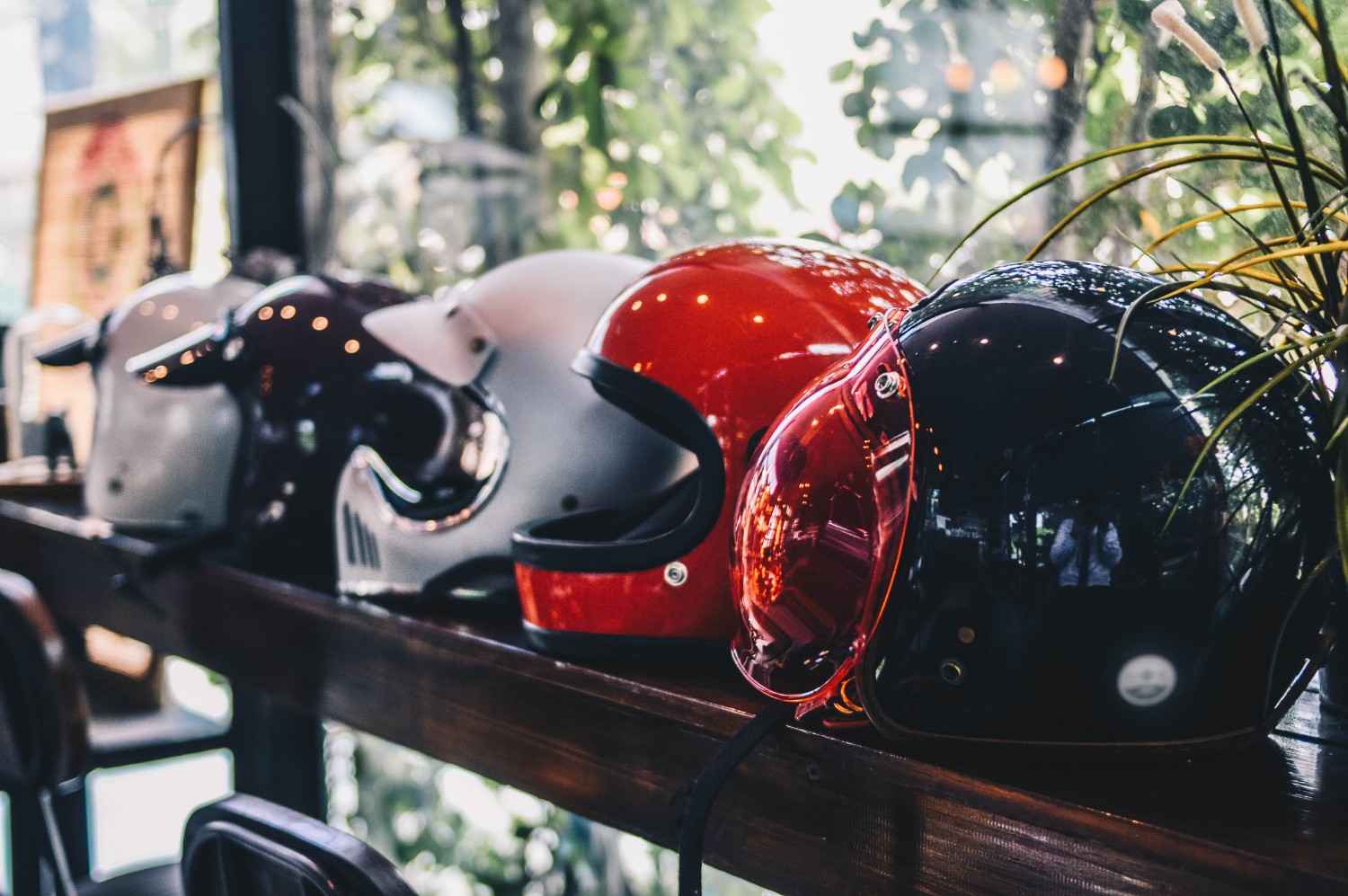When it comes to safety, helmets are non-negotiable. But here’s the thing—not all helmets are created equal. From roaring down highways on a motorcycle to scaling mountain cliffs or even working on a construction site, the types of helmets you choose can make a huge difference in both comfort and protection.
Let’s break down the major categories, highlight their key features, and help you figure out which one is right for your needs.
Motorcycle and Scooter Helmets
If you’ve ever ridden a motorbike or scooter, you know the helmet is your best friend on the road. But styles vary a lot.
Full-Face Helmets
The gold standard for protection. These cover your entire head, face, and chin—shielding you from impacts, wind, debris, and bad weather. Perfect for highway cruising and long rides.
Modular (Flip-Up) Helmets
Want the safety of a full-face but the convenience of an open-face? Modular helmets flip open at the chin bar, making it easier to talk or get fresh air when stopped.
Open-Face (¾) Helmets
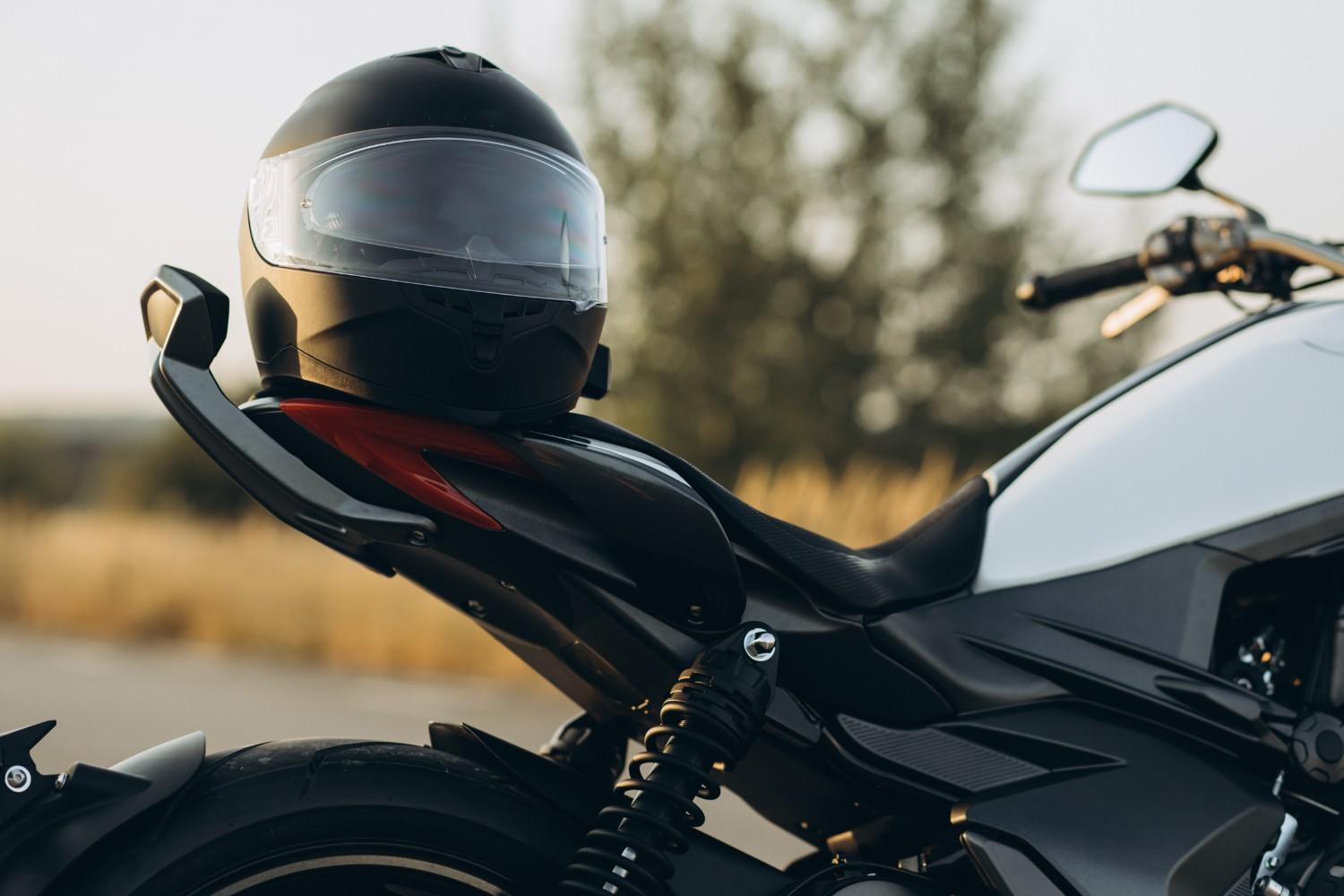
These helmets protect your head but leave your face exposed. Great for city riding and scooters, they give a wide field of vision and airflow. Just remember: you’ll need goggles or a visor.
Half-Shell Helmets
Minimalist in design and protection, half-shells only cover the top of your head. Best for low-speed cruising, but not recommended for maximum safety.
Off-Road (Motocross) Helmets
Built for dirt tracks, these helmets have extended chin bars for airflow and sun peaks to block glare. Usually paired with goggles.
Dual-Sport Helmets
Think of them as the love child of a motocross and full-face helmet. Great for riders who switch between pavement and dirt.
Sporting Helmets
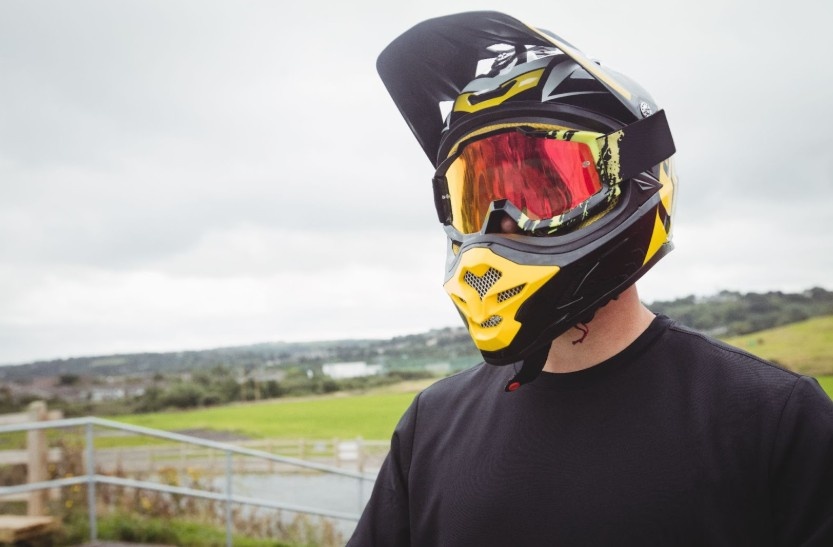
Helmets aren’t just for riders. Athletes depend on them in nearly every sport.
Bicycle Helmets
Lightweight, well-ventilated, and designed for casual rides or competitive cycling. They’re not made for motorcycle-level crashes, but they’ll protect your head from falls and collisions.
Racing Helmets
Whether you’re in Formula 1 or go-karting, racing helmets are aerodynamic, sturdy, and often paired with head-and-neck support systems for crash stability.
Football Helmets
Built tough with outer shells and thick padding, football helmets also feature faceguards to minimize concussions and facial injuries.
Hockey Helmets
Designed for fast skating and hard hits, hockey helmets include cages or visors for extra face protection.
Skiing & Snowboarding Helmets
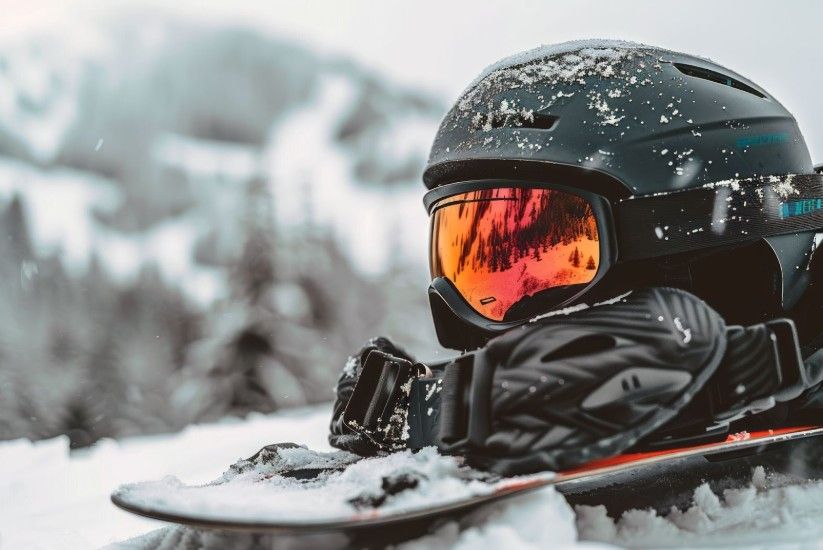
These helmets not only protect against falls but also keep your head warm. Essential for winter athletes.
Climbing Helmets
From rockfalls to slips, climbing helmets are lifesavers for mountaineers. They’re lightweight yet strong.
Industrial and Military Helmets
Helmets aren’t just for fun—they’re essential for some of the toughest jobs.
Hard Hats
The staple of construction sites. They protect workers from falling objects, bumps, and even electric shocks in some designs.
Combat Helmets
Modern military helmets, often Kevlar-based, defend against shrapnel and ballistic threats while being surprisingly lightweight.
Firefighter Helmets
These specialized helmets protect against heat, falling debris, and extreme conditions firefighters face during rescues.
Also Read: Teach a kid to ride a bike
Quick Comparison of Helmet Types
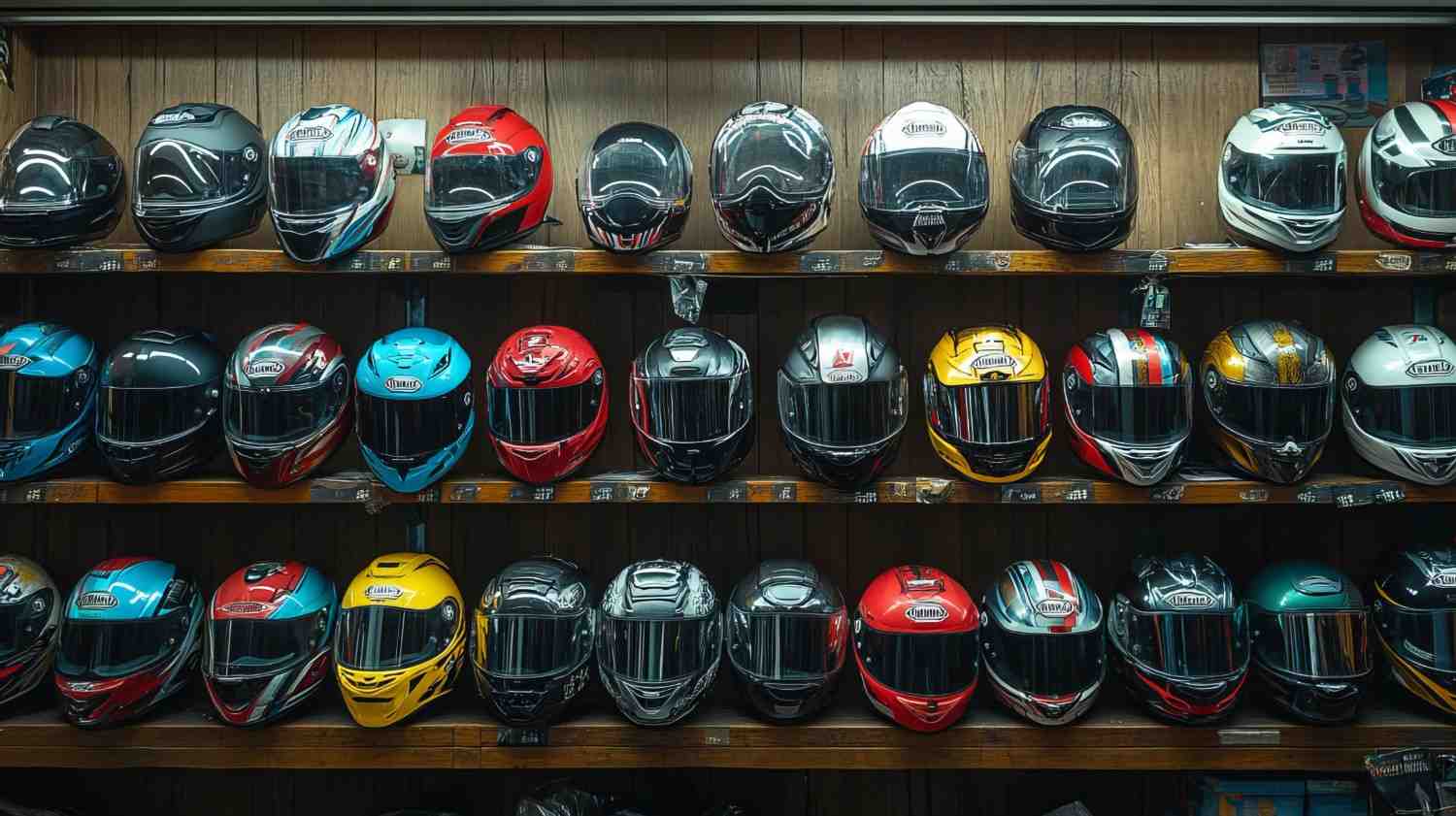
Here’s a snapshot of the most common helmet categories:
| Helmet Type | Best For | Key Features | Protection Level |
| Full-Face | Motorcycle/Highway Riding | Covers entire head & chin | ⭐⭐⭐⭐⭐ |
| Modular | City + Touring Riders | Flip-up chin bar, versatile | ⭐⭐⭐⭐ |
| Open-Face | Scooters/Urban Commutes | Wide vision, no chin protection | ⭐⭐⭐ |
| Off-Road | Dirt Biking/Trails | Extended chin bar, sun peak | ⭐⭐⭐⭐ |
| Bicycle | Casual & Competitive Cycling | Lightweight, ventilated | ⭐⭐ |
| Football | Contact Sports | Padding + faceguard | ⭐⭐⭐⭐ |
| Hard Hat | Construction/Industrial Work | Impact + debris protection | ⭐⭐⭐ |
| Combat Helmet | Military/Defense | Kevlar, ballistic protection | ⭐⭐⭐⭐⭐ |
| Firefighter Helmet | Firefighting/Rescue | Heat + debris resistance | ⭐⭐⭐⭐ |
FAQs About Types of Helmets
Q1: Which type of helmet is safest for motorcyclists?
Full-face helmets are considered the safest since they protect the head, face, and chin completely. Modular helmets come close, but they’re slightly less secure due to the flip-up design.
Q2: Do all helmets have to meet safety certifications?
Yes. Different activities have different standards—like DOT or ECE for motorcycle helmets, CPSC for bicycle helmets, and OSHA standards for industrial hard hats. Always check certification labels.
Q3: Can I use one helmet for multiple activities?
Not really. Helmets are designed for specific purposes. A bicycle helmet won’t protect you at motorcycle speeds, and a hard hat won’t shield you in sports. Always pick the right helmet for the activity.
Q4: How often should helmets be replaced?
Most helmets should be replaced every 3–5 years, or immediately after a significant impact—even if no cracks are visible. Materials degrade over time, reducing effectiveness.
Wrapping It Up: Helmets That Match Your Life
Helmets aren’t just gear—they’re lifesavers. Whether you’re flying down the highway, carving a snowy slope, scaling a cliff, or working a construction site, knowing the types of helmets and choosing the right one makes all the difference.
The bottom line? Find the helmet designed for your activity, make sure it’s certified, and replace it when needed. Your head will thank you for it.

